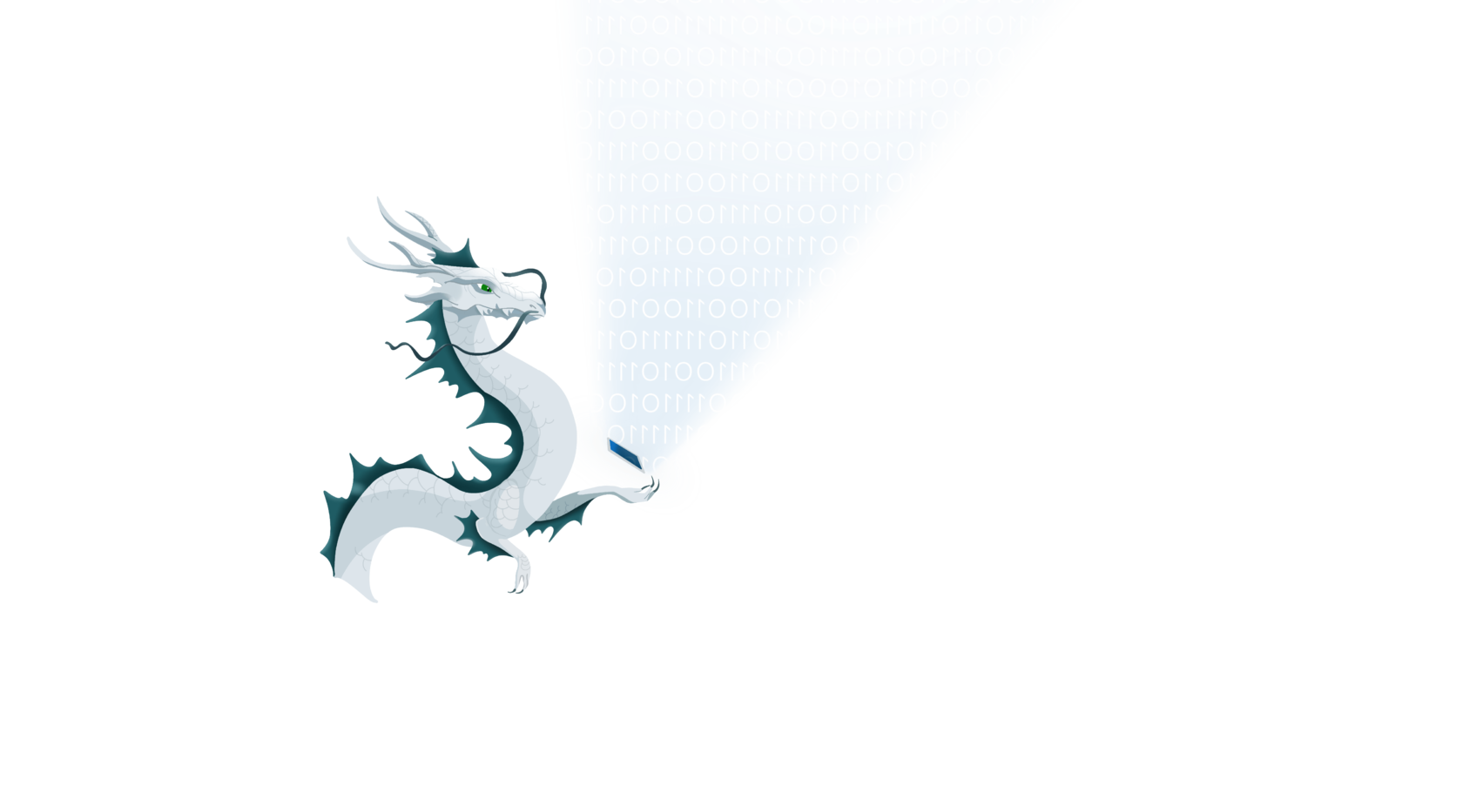




Scroll down









Learning from Nature to Bring Sustainability to Digital Ecosystems
ECOANTITRUST
J. R. R. Tolkien, The Lord of the Rings
The world has changed.
I see it in the water.
I feel it in the Earth.
I smell it in the air.
I see it in the water.
I feel it in the Earth.
I smell it in the air.
The inaugural research project of the BRICS Competition Law and Policy Centre and the IIASA
introduces how nature-based models can empower antitrust regulation to adapt to the new environment of the digital economy.
While businesses have already evolved from structured and static mechanisms into flexible and dynamic ecosystems, regulatory mechanisms still follow the logic of the industrial era and often fail to capture their living nature. The fluid digital economy flows around rock-solid laws.
Antirust must develop new tools that are designed to cultivate a regulatory environment for a new beast – a digital platform ecosystem, a digital dragon with enormous ability to grow and adapt.
Antirust must develop new tools that are designed to cultivate a regulatory environment for a new beast – a digital platform ecosystem, a digital dragon with enormous ability to grow and adapt.
Nature can be the answer.
Modern business thinking in ecological terms encourages regulators to switch to an ecological approach as well. Ecology and biology are a wellspring of knowledge and data. Such notions of predators and prey, competition, mutation and more, have long been an object of global research and now can provide useful analogies for understanding afresh the ecology of market competition and developing new regulatory strategies.
In the Chinese tradition, the correlation between people and nature found reflection in the Wuxing concept, which represents five phases (or elements) of evolution of any system: Birth (wood), Growth (fire), Transformation (earth), Externalization (metal) and Renewal (water), after which the cycle begins all over again.
Digital ecosystems are driven by inner vital power, sometimes beyond the control and even comprehension of their orchestrators. To regulate ecosystems efficiently, regulators need to acknowledge their living nature and transform themselves too: from mechanics, who repair and maintain, to gardeners, who cultivate and breed.
Digital ecosystems are driven by inner vital power, sometimes beyond the control and even comprehension of their orchestrators. To regulate ecosystems efficiently, regulators need to acknowledge their living nature and transform themselves too: from mechanics, who repair and maintain, to gardeners, who cultivate and breed.
The inaugural research project of the BRICS Competition Law and Policy Centre and IIASA
introduces how nature-based models can empower antitrust regulation to adapt to the new environment of the digital economy.
While businesses have already evolved from structured and static mechanisms into flexible and dynamic ecosystems, regulatory mechanisms still follow the logic of the industrial era and often fail to capture their living nature. The fluid digital economy flows around rock-solid laws.
Nature can be the answer.
Modern business thinking in ecological terms encourages regulators to switch to an ecological approach as well. Ecology and biology are a wellspring of knowledge and data. Such notions of predators and prey, competition, mutation and more, have long been an object of global research and now can provide useful analogies for understanding afresh the ecology of market competition and developing new regulatory strategies.
In the Chinese tradition, the correlation between people and nature found reflection in the Wuxing concept, which represents five phases (or elements) of evolution of any system: Birth (wood), Growth (fire), Transformation (earth), Externalization (metal) and Renewal (water), after which the cycle begins all over again.
Antirust must develop new tools that are designed to cultivate a regulatory environment for a new beast – a digital platform ecosystem, a digital dragon with enormous ability to grow and adapt.
J. R. R. Tolkien, The Lord of the Rings
The world has changed.
I see it in the water.
I feel it in the Earth.
I smell it in the air.
I see it in the water.
I feel it in the Earth.
I smell it in the air.
Digital ecosystems are driven by inner vital power, sometimes beyond the control and even comprehension of their orchestrators. To regulate ecosystems efficiently, regulators need to acknowledge their living nature and transform themselves too: from mechanics, who repair and maintain, to gardeners, who cultivate and breed.
Project presentation delivered
Alexey Ivanov
Director of the BRICS Competition Law and Policy Centre
Elena Rovenskaya
Director at the IIASA Advancing Systems Analysis (ASA)

Project presentation delivered
Alexey Ivanov
Director of the BRICS Competition Law and Policy Centre
Elena Rovenskaya
Director at the IIASA Advancing Systems Analysis (ASA)

Check out the models we have developed to illustrate the analysis of ecosystems
Models

Stay tuned for more to come!
Subscribe
to our news and we will inform you when the report is out!
Check out the models we have developed to illustrate the analysis of ecosystems
Models

Stay tuned for more to come!
Subscribe
to our news and we will inform you when the report is out!
Contacts
(ext. 27870 or 27875)
Higher School of Economics, National Research University
11, Pokrovsky blvd., Moscow,
109028, Russia
E-MAIL
FOR MEDIA REQUESTS
© BRICS Competition Law and Policy Centre
Design by
SITE
The inaugural research project of the BRICS Competition Law and Policy Centre and the International Institute for Applied Systems Analysis (IIASA)
Contacts
(ext. 27870 or 27875)
Higher School of Economics,
National Research University
11, Pokrovsky blvd., Moscow,
109028, Russia
E-MAIL
FOR MEDIA REQUESTS
© BRICS Competition Law and Policy Centre
Design by
SITE
The inaugural research project of the BRICS Competition Law and Policy Centre and the International Institute for Applied Systems Analysis (IIASA)




